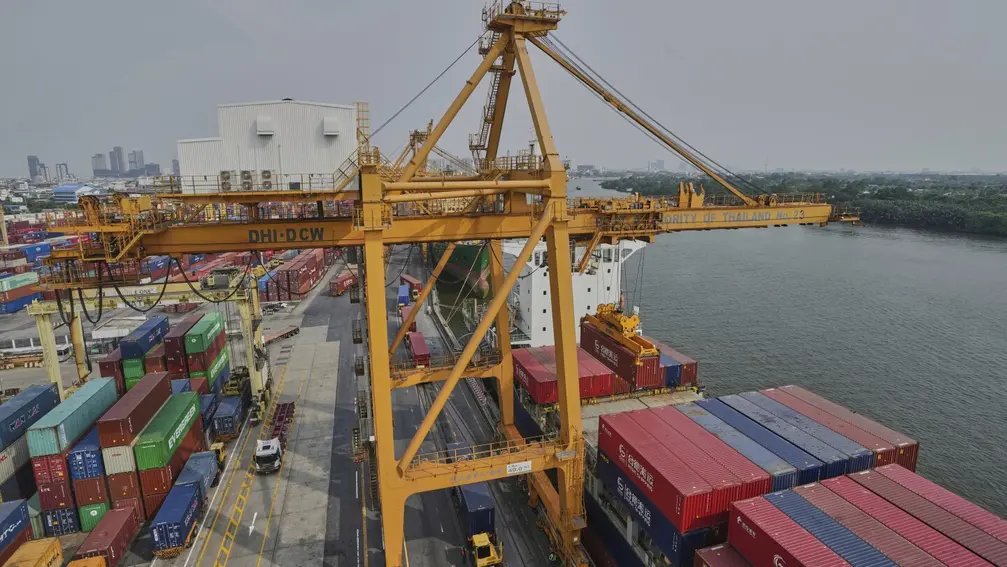T4K3.news
New reservoirs face significant construction barriers
Experts warn that building new reservoirs is hindered by regulatory and public opposition.
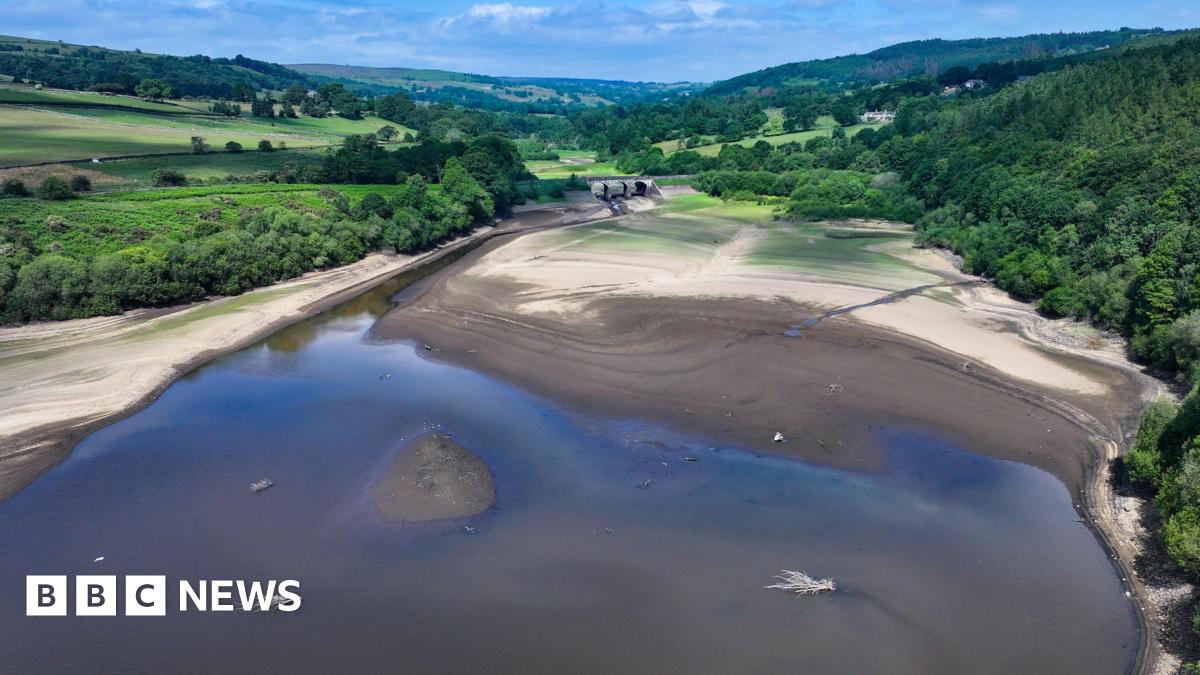
Drought leads to calls for more reservoirs to protect supplies but experts say there are barriers.
Barriers hinder new reservoir construction
Experts argue that building new reservoirs is essential due to increasing water demand and climate challenges. However, they face significant hurdles. Dr. Grecksch mentions the importance of public involvement in planning, as past projects have shown risks when communities are bypassed. The construction process is often regulated, needing acts of Parliament for safety, which complicates and slows down efforts. Historically, the Tryweryn reservoir incident illustrates the consequences of neglecting community input; a Welsh village was flooded, displacing many residents. Areas most suitable for reservoirs are often remote and costly to develop, creating additional financial challenges. Despite previous successful water distribution efforts, significant new reservoir projects remain stalled.
Key Takeaways
"We're in a situation in 2025 where we need to discuss these things with people, and explain why we need it."
Dr. Grecksch emphasizes the importance of public engagement in the decision-making process regarding new reservoirs.
"The case of the Tryweryn reservoir shows what could happen when the local planning system was bypassed."
Dr. Grecksch references a historic event to underline the risks of excluding communities.
The reluctance to move forward with new reservoirs may stem from both regulatory challenges and public sentiment. As climate change intensifies droughts, the need for reliable water resources grows. However, past controversies, like the flooding of Capel Celyn, have made communities wary of such developments. Authorities must find a better way to balance infrastructure needs with community voices to gain public trust. Without this, we risk further exacerbating water shortages as demand continues to rise.
Highlights
- Public input is crucial for building trust in reservoir projects.
- Lessons from the past show the costs of ignoring local voices.
- New reservoirs may hold the key to our water crisis.
- The balance between infrastructure needs and community concerns is delicate.
Political sensitivities around water infrastructure
The challenges in building new reservoirs raise concerns about public opposition and regulatory frameworks, reflecting past failures in community planning.
Resolving these challenges will require innovative solutions and community engagement.
Enjoyed this? Let your friends know!
Related News

Israeli Forces Face Allegations of War Crimes

UK drought worsens water shortfall
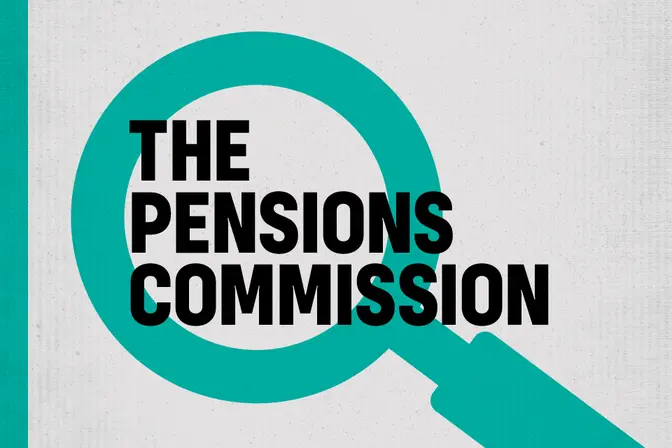
Pensions Commission revived to address retirement income crisis
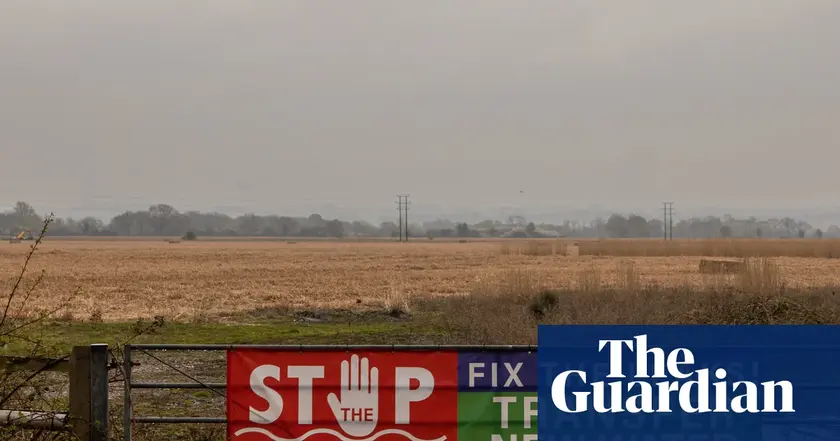
Abingdon reservoir cost rises
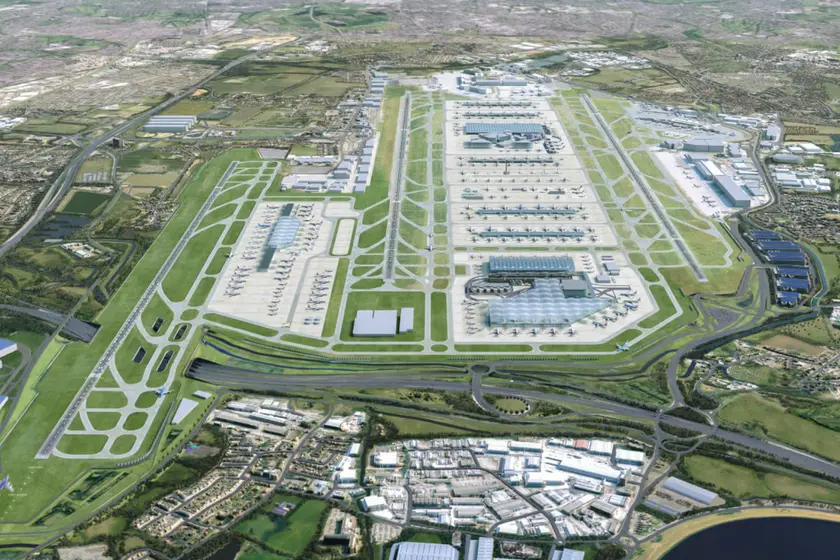
Heathrow reveals plans for third runway
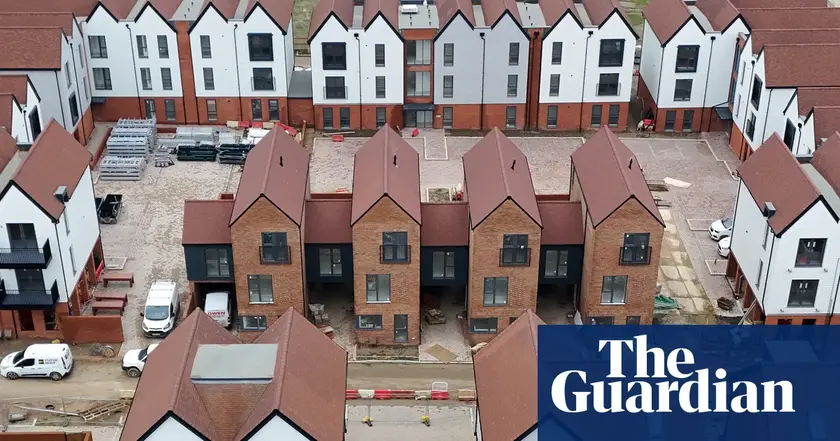
UK construction activity declines sharply in July
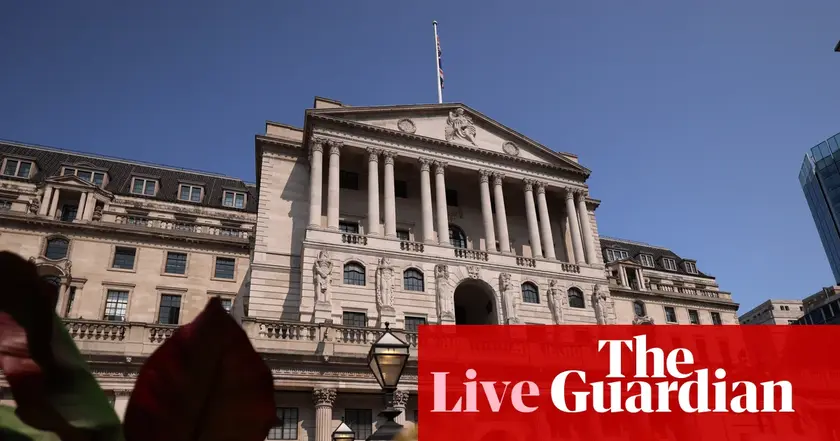
US tariff rates reach highest level since 1930s

WWE RAW Results Highlight August 4 Events
